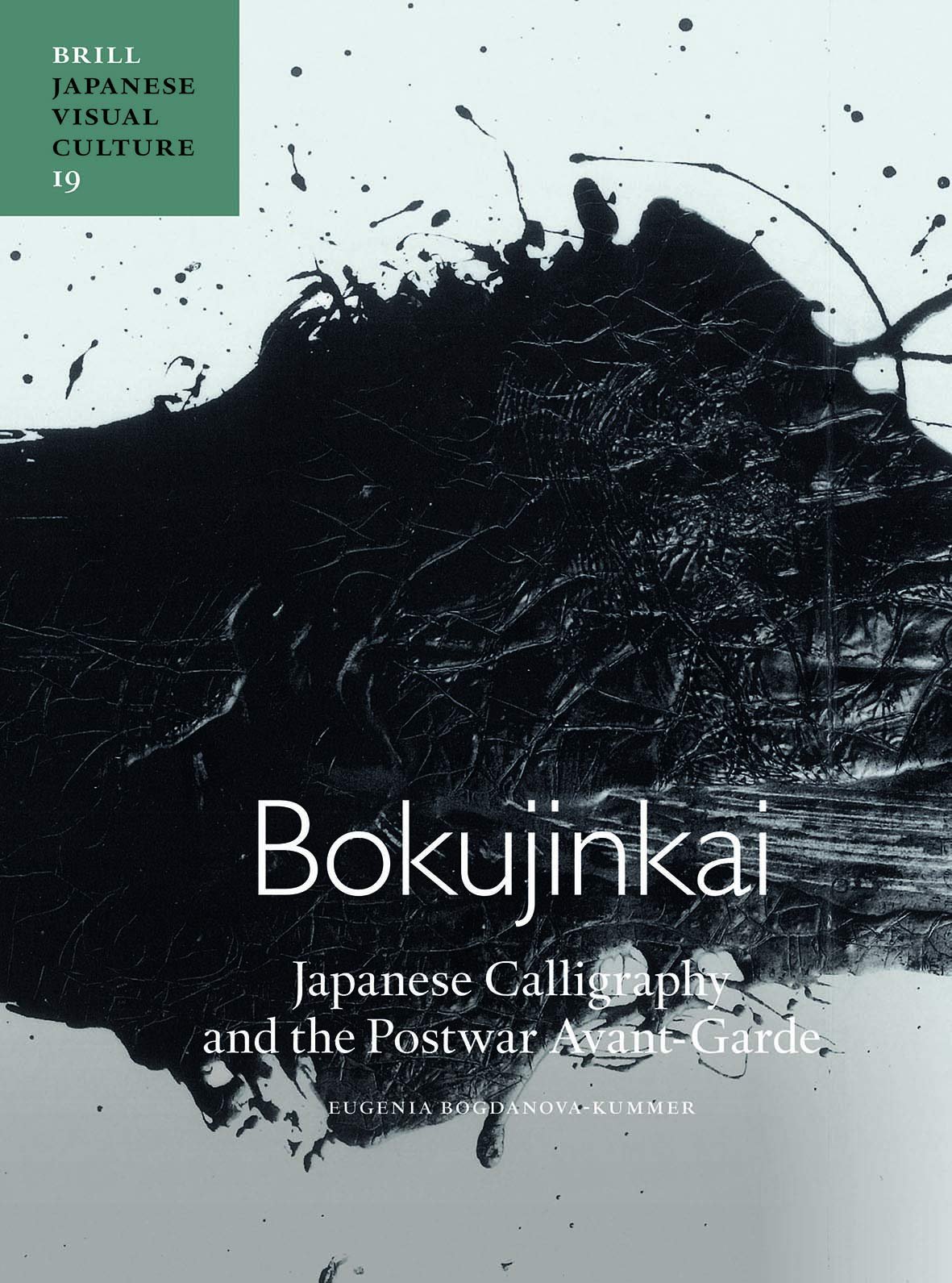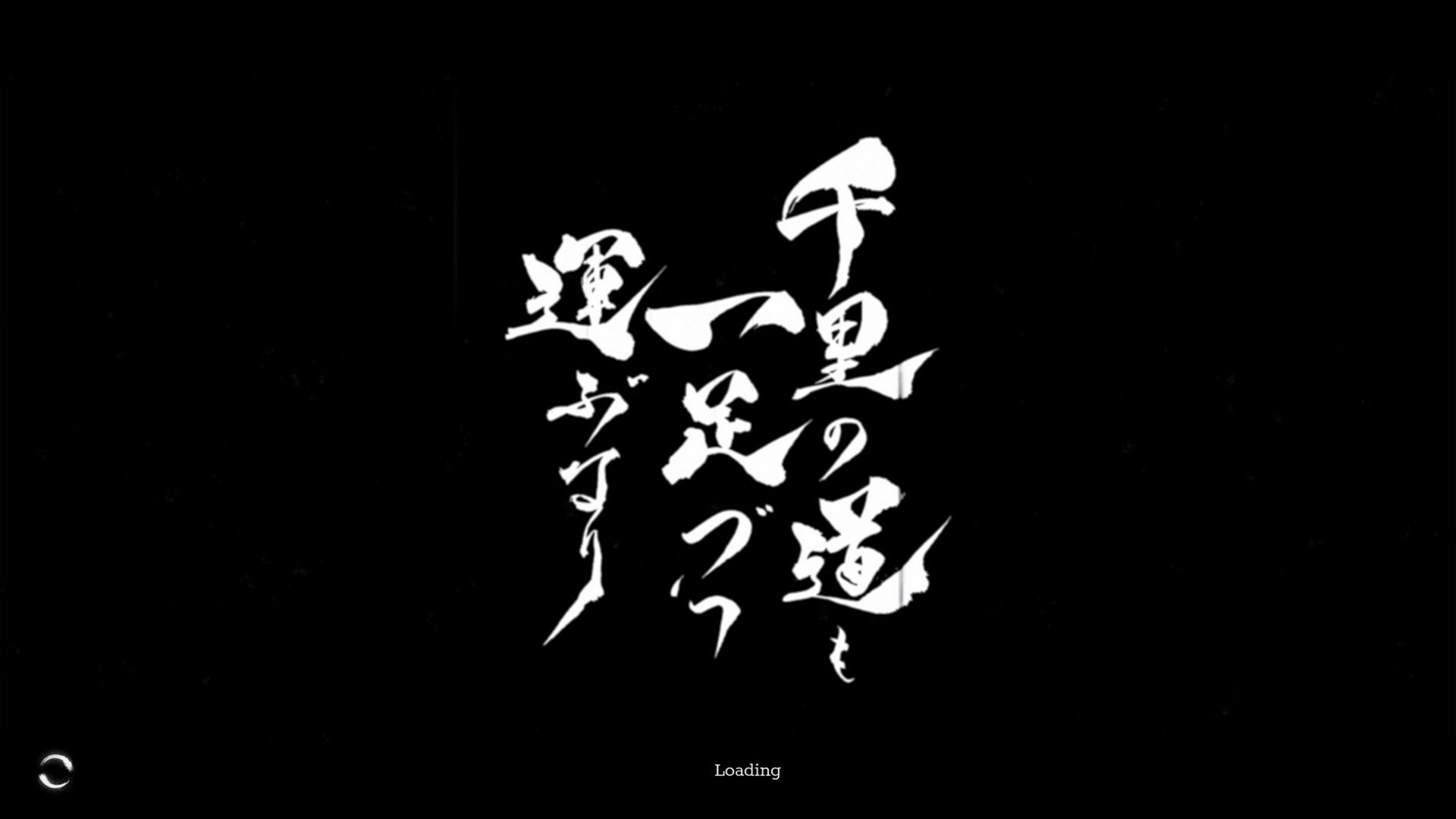Japanese Calligraphy and Post-War Avant-Garde Calligraphy
One of the fun things about this MA is when your tutors get to talk about their personal passions and specialist subjects. As part of Art History, this means we got to discuss calligraphy with a true expert in the form our tutor, Dr. Eugenia Bogdanova-Kummer.
This means we got a sneak-preview of an upcoming lecture, in exchange for honest feedback, as well as discussing some interesting questions around whether calligraphy can be called art (Asha says: yes!), as well as looking at how Japanese calligraphy has been used as art in the West, by both Japanese artisans but also western artists as well.
Avant-garde is a term I had to look up (I’m not an artist and art is a tad more difficult when you have a visual impairment) and it essentially means being experimental or trying new ideas which going against more ingrained and traditional ideas of what an art-form is. Western writing, revolving around alphabets and letters, is (as I understand it) not often regarded as ‘art’ whereas the more abstract nature of kanji and the natural flow of hiragana, the need to memorise stroke order and the more meditative approach involved in its creation (such as grinding ink before you can even start composing) feels much closer to being an artform than jus a system of expressing thoughts on paper. This is something obvious in the yearly event at Kiyomizudera, a famous temple in Kyoto, where a priest will draw the kanji which was selected to best reflect the past year.
As a stationery nerd with a vast collection of fountain pens, coloured inks and someone who spent time participating in calligraphy, both single characters and copying a sutra (either Heart or Lotus I can’t remembr) in a temple, while in Japan calligraphy certainly feels more meditative than journaling or short poetry. There’s just something about specific characters, about personal interpretation which feels more freeing but within the framework on an artform.
Calligraphy from Trek to Yomi loading screen reading: 「千里の道も一歩から」/ ‘A journey of a thousand miles begins with a single step’. Calligrapher unknown.
© 2022 Flying Wild Hog/Devolver Digital
Experimentation is a part of evolution of artist expression so it was really interesting to listen to an expert’s opinion (The book on which this talk was based was taken from Eugenia’s PhD thesis) as well as having a rather philosophical discussion on the nature of writing as art.
Last week, for example in a timely coincidence, I reviewed Trek to Yomi (a multiplatform release paying homage to Kurosawa samurai movies) and one of the loading screens caught me. It was calligraphy of a famous Chinese maxim and it wasn’t the only one.
As I played, the loading screens changed and while I struggle to read ALL cursive, I recognised some of the phrases. It was a beautifully complimentary addition to the game which focused on the way of the samurai but also the imperfect beauty of black and white movies from a by-gone era. It also clearly presented these screens as something to be appreciated aesthetically as, short of Japanese players or people like me with some linguistic familiarity, the meaning of these screens, with no subtitles, would be lost so they must be appreciated purely artistically.
Calligraphy is both aesthetic and functional so it was a fascinating real-world example of the things we discussed during Eugenia’s lecture. The book is available here and I’m looking forward to borrowing a copy to read over the summer.


